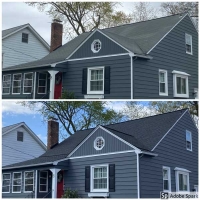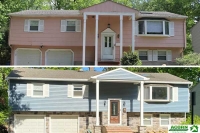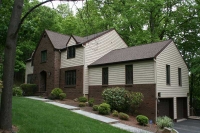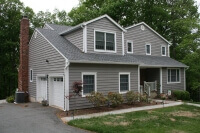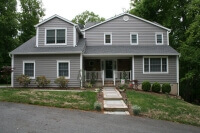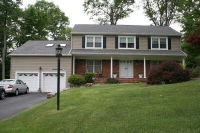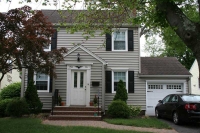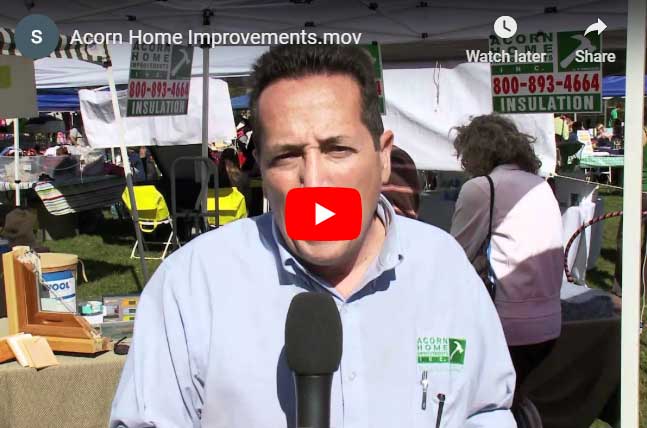Preserving the integrity of a historic home while ensuring it remains structurally sound and aesthetically pleasing can be a daunting task. But with guidance from various experts, you can keep its original charm while updating or restoring vital components such as the siding. Here are things to keep in mind when undertaking a siding replacement project for a historic home.

Preserve the Authentic Charm
A historic home’s distinctive character is one of its most valuable assets. Vinyl or aluminum siding is often marketed as a hassle-free alternative to traditional materials. However, these options can drastically alter the original aesthetics of historic homes, masking exquisite architectural details. It is crucial to choose siding materials and replacement strategies that retain the home’s authentic charm and do not obscure its unique architectural features.
Know the Local Regulations
Before planning a siding replacement project, it’s important to check if your home is considered a historic property under local legislation. Your county or city may have preservation ordinances that dictate which alterations can be made to historic properties. These rules are designed to protect the architectural integrity of historic districts and may limit your siding material options or colors. Engage with the local historic preservation board; they can provide valuable guidance and ensure your project complies with all regulations.
Choose the Right Materials
For those looking to maintain historical accuracy while benefiting from modern technologies, options like engineered wood siding present an excellent compromise. These materials combine the durability and ease of maintenance of contemporary siding with the look and feel of traditional wood siding.
Decide Whether to Repair or Replace
Determining whether to repair existing siding or replace it entirely is a key decision for owners of historic homes. Many historic homes are adorned with original siding that, with the right care, can be restored to its former glory. However, in some cases, siding may be beyond repair due to extensive weather damage, insect infestation, or layers of harmful lead-based paint. Consult a siding professional experienced with historic homes; they can assess the condition of your siding and help you make an informed decision.
Plan for Maintenance and Longevity
Finally, it’s important to consider the long-term maintenance and durability of your chosen siding materials. Historic homes require a significant amount of upkeep to maintain their appearance and structural integrity. Opting for materials that offer the best balance between aesthetic authenticity and modern performance can reduce future maintenance efforts and protect your investment in the long run.
Count on Acorn Home Improvements, Inc. to honor your property’s architectural heritage while embracing the benefits of modern siding solutions. Call us at (973) 386-9604 or fill out our contact form to schedule a consultation.

